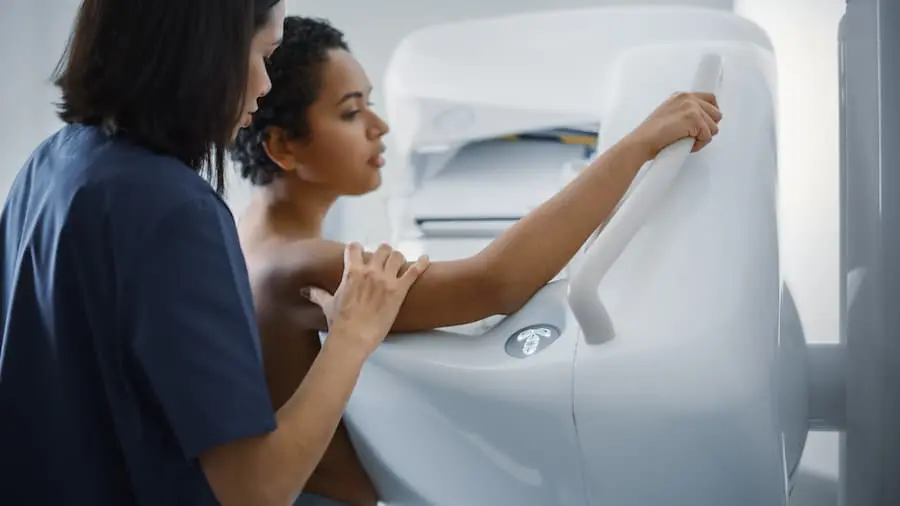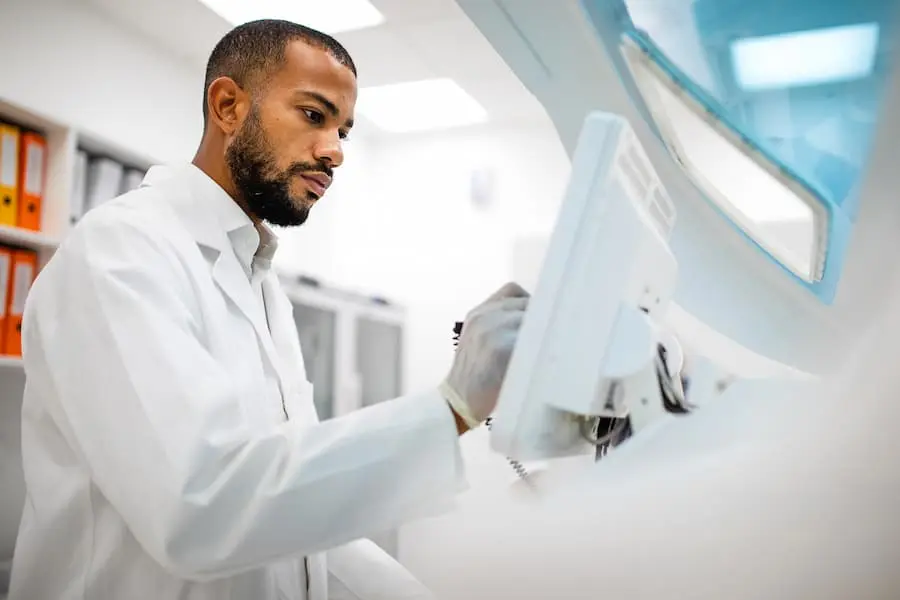Can you insure yourself against a bad outcome from cancer?
In this blog, I’m going to review the current status of cancer screening in America as well as some of the breakthroughs that allow us to detect cancer that would be missed with current and conventional cancer screening.
Health insurance is disease insurance. Just like auto insurance only covers you when there was an accident or catastrophe, and homeowner insurance only covers things such as fire, theft, our personal liability, Health insurance was created to take care of major unexpected expenses.
Over the past few decades, Congress has required insurance companies to begin paying for screening tests, particularly cancer screening tests. It was as recent as September of 2010 when screening for colorectal cancer, one of the most common preventable cancers, was mandated as part of insurance coverage.
When we look at available screening tests for cancer, only about one out of four cancers can be picked up before they’re symptomatic with typical screening testing. This includes mammograms, colonoscopies, cat scans for lung cancer and smokers, pap smears, and other routine screening tests.
The purpose of cancer screening is to pick up cancers before they are clinically symptomatic, that is before you’re aware that something is wrong. When somebody discovers cancer (let’s not talk about skin cancers where they are easier to detect early) by symptoms, it is usually at a later stage and more likely to be fatal.
For starters let’s talk about some basics of cancer. Cancer cells have mutated and are growing into a structure that is harmful to the body in may ultimately kill us. We usually talk about the stages of cancer which allows an understanding of how advanced the cancer is.
Stage 1: The cancer is local to a small area and hasn’t spread.
Stage 2: The Cancer has grown and is no longer localized to a small area but still hasn’t spread to other tissues or lymph nodes.
Stage 3: The Cancer has grown larger and has spread to other tissues or lymph nodes.
Stage 4: The Cancer has spread to other organs or areas of your body, this is what we know as metastatic cancer.
When cancers are discovered at earlier stages, say stage one or two, they can frequently be removed with surgery or other methods and the person would be in remission and perhaps cured of their cancer. When cancer has spread to other tissues, lymph nodes, or organs, that are in stages 3 and four, they are more difficult to treat and more likely to be fatal.
This is why we do screening tests. If you had colon cancer and it was small and localized it would look like a little nodule in your colon. this would be easy to remove and generally you would be free of cancer. If you skip colonoscopies and then start having problems moving your bowels and blood in your stools, that is symptomatic colon cancer, is more likely to be larger and to have spread to other tissues making it much more difficult to remove and more likely to be fatal.
This is why it’s so important to do cancer screening based on what is available and covered by insurance. You are more likely to survive cancer if it is picked up during a screening test, say during mammography, Then when you start feeling lumps in your body and start losing weight which is more likely to be an advanced stage of cancer.
An inherent limitation is that only about 20 to 25% of cancers have a screening test and most cancers are not detected with early screening.
Two newer technologies allow us to increase the likelihood of picking up cancers in the earlier stages.

Liquid Biopsy:
Liquid biopsy is a blood test that looks for fragments of DNA from cancer cells that are floating around in the bloodstream. This was initially designed to pick up known cancers and to assess response to therapy. More recently advances in technology have led to the ability to screen for fragments of cancer in the bloodstream and people who are asymptomatic and not known to have cancer.
The only test of this type available and FDA-approved in the United States is Galleri®. This blood test is available through Quest® labs but has to be ordered by A doctor.
the liquid biopsy isn’t great yet, but it’s pretty good. Routine screening can detect about 25% of cancers before they’re symptomatic, if we add a liquid biopsy to that regular screening you double the chances of picking up asymptomatic cancer in its early stages.
The liquid biopsy is in its early stages of development and it will get better in the coming years and likely will replace most other screening tests within a decade.
Full body MRI:
MRI is a diagnostic imaging test that is used in the management of cancer to determine where the cancers have spread whether or not they are shrinking, and the size and location of the tumor.
It has generally been thought that MRI screening for cancer is too cumbersome and impractical because of the expense and the amount of time it takes to end scan the entire body. Changes have been implemented in the software and the technique to allow a full-body MRI scan to be done in an hour or so. This is a less sensitive MRI than a site-specific MRI but is still able to detect tumors when they are very small and in the earlier stages of one and two. The MRI can also pick up other actionable abnormalities such as aneurysms in the brain, the chest, in the abdomen. That is the testing can screen for fatal vascular abnormalities and cancers that may be fatal if they were missed until they were clinically symptomatic.

Next steps:
Discuss with your doctor which cancer screening you should undergo based on your age and risk factors. For example, a colonoscopy is more accurate at picking up colon cancer than a full-body MRI, and a chest cat scan is more accurate at picking up a lung tumor in a smoker than a full-body MRI. A mammogram will be more accurate at picking up breast cancer early on than a liquid biopsy. An examination of your skin by your physician or yourself will be more accurate at picking up skin cancer than either of these two newer advanced tests.
For starters, routine screening is indicated by your physician. Based on your age and your relative risk as well as your desire to be more proactive on your health you may consider doing a liquid biopsy, and a full body MRI. Neither of these tests will be covered by your health insurance because they have not been mandated by Congress to be covered and probably will not be shortly. It is not often that Congress gets together and decides what insurance companies should pay for that would be along the lines of screening and the last time was with Affordable Health Care Act 12 years ago.
The Galleri® liquid biopsy (blood test) retails for $950 and that price will probably be coming down shortly. A full body MRI can be done for under $3000 at one clinic in Michigan www.bionicbodyscreening.com. If you ask your doctor to order a full body MRI and go to a hospital or a standard MRI center, because they can’t do a screening MRI it will take multiple hours and cost far more.
If you go to my podcast “Inside the Cure” in November of 2022 you can hear an interview with Dr. Warren Ringwald who brought the first full-body MRI screening to Michigan.






